

Gautam Sharma
2 Months Ago
There's a new addition to the Ford Everest line-up, the Sport 4x2. It looks tough, but just don't take the nameplate too literally.

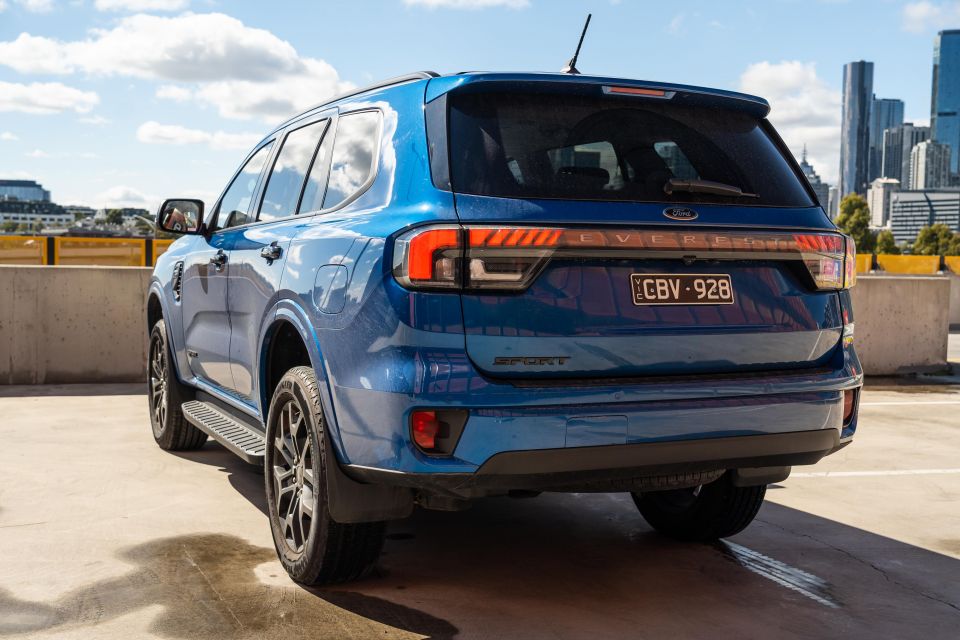

Quickly see how this car stacks up against its competition. Select any benchmark to see more details.
CarExpert helps new car buyers save thousands with expert reviews, honest advice, and transparent pricing – no dealer pressure and no sales games.
The Ford Everest is a familiar player in the large SUV segment, but until now it’s been impossible to enjoy the Sport trim goodies without splashing out over $70,000.

Enter the 2024 Ford Everest Sport 4×2, a heavily discounted variant featuring the base Bi-Turbo four-cylinder engine and rear-wheel drive, as opposed to the more expensive V6 and four-wheel drive combination.
This latest addition to the range attempts to straddle a couple of different sub-segments. It’s simultaneously pitched as a family seven-seater for the school run, and a rugged all-purpose machine born out of ute roots.
But does it fulfil either of those briefs enough to be worth your hard earned?
The 2024 Ford Everest range starts at $53,490 before on-road costs for the Ambiente 4×2 and tops out at $79,490 before on-roads for the Platinum – see below for a full pricing breakdown.
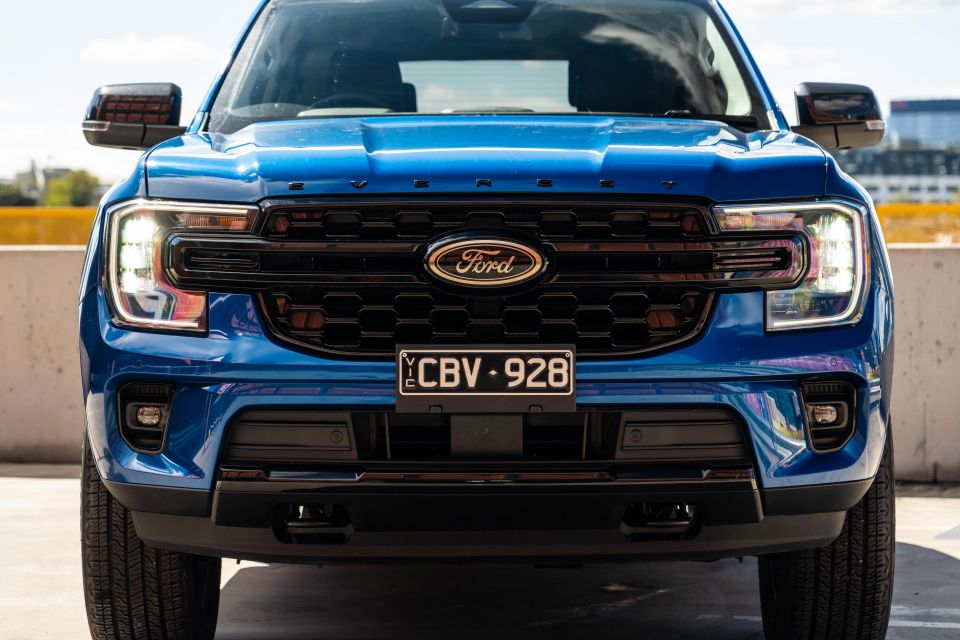
The test vehicle featured here is a Sport 4×2 Bi-Turbo optioned with Blue Lightning exterior paint ($700), bringing the total list price to $64,190 plus on-road costs, or $71,245 drive-away for Victorian buyers.
2024 Ford Everest pricing:
All prices are before on-road costs
To see how the Everest compares with its rivals, use our comparison tool.
Climbing up into the Everest could be challenging for some given the height of the vehicle, but wide side steps and grab handles attached to the A-pillars aid entry.
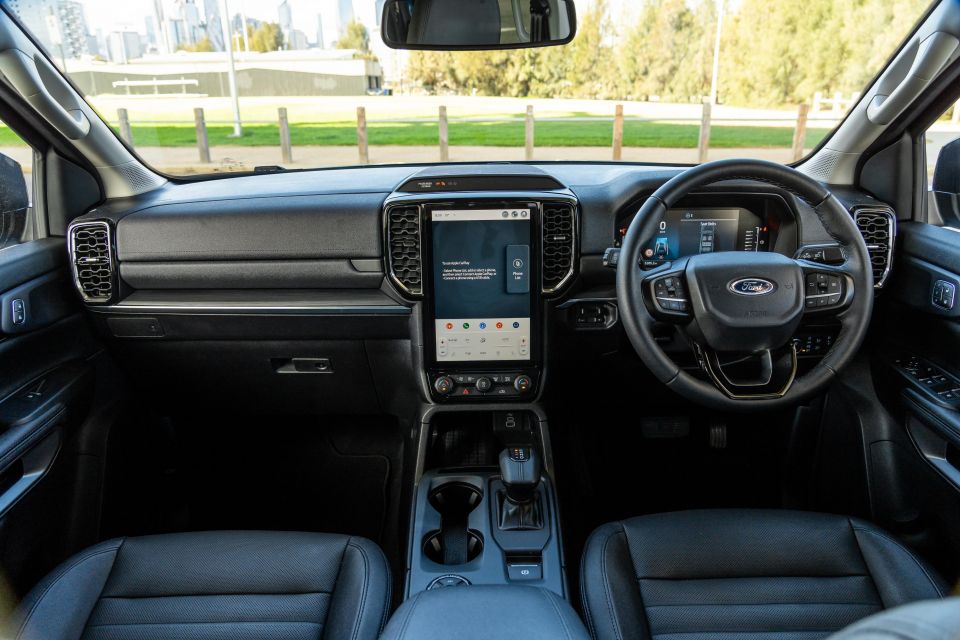
Once inside you’re greeted with a familiar black interior headlined by leather-accented seats fit for all occasions.
The mixed leather chairs look great with the Sport logo embossed on the backrest, and it didn’t take long to get comfortable.
Even when I jumped in the car after exposure to Melbourne’s unpredictable weather, the heating and cooling functions in the front seats were among the most effective I’ve experienced.
Both the driver and front passenger seats are eight-way power adjustable with memory settings, and the steering wheel tilts and telescopes to help you find the perfect driving position.
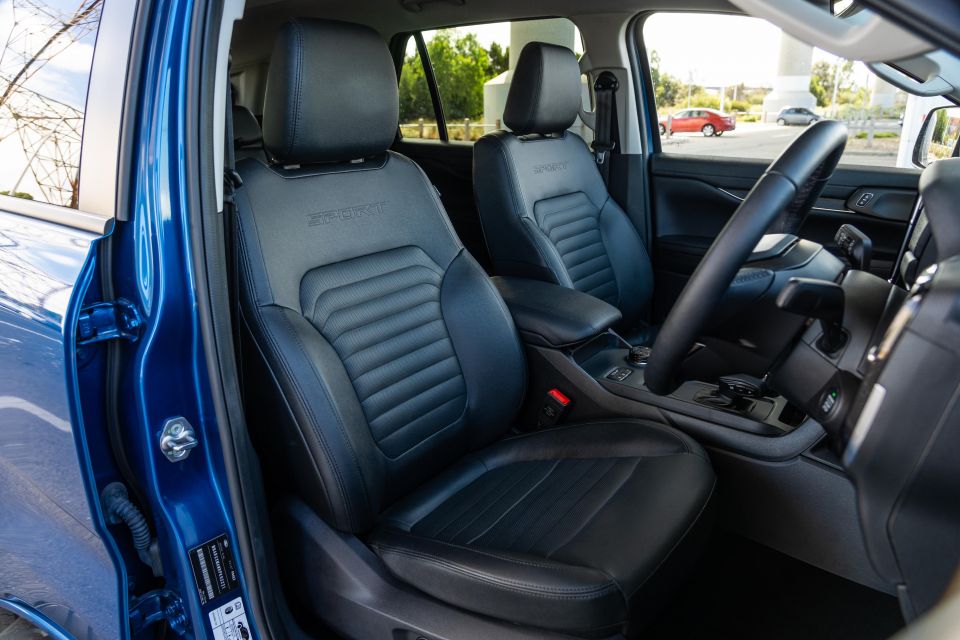
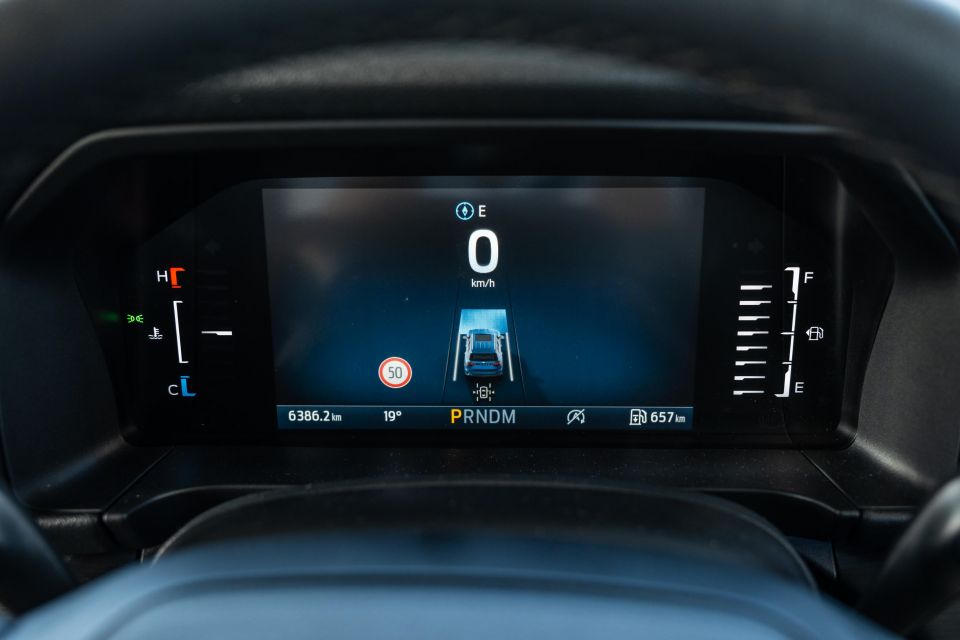
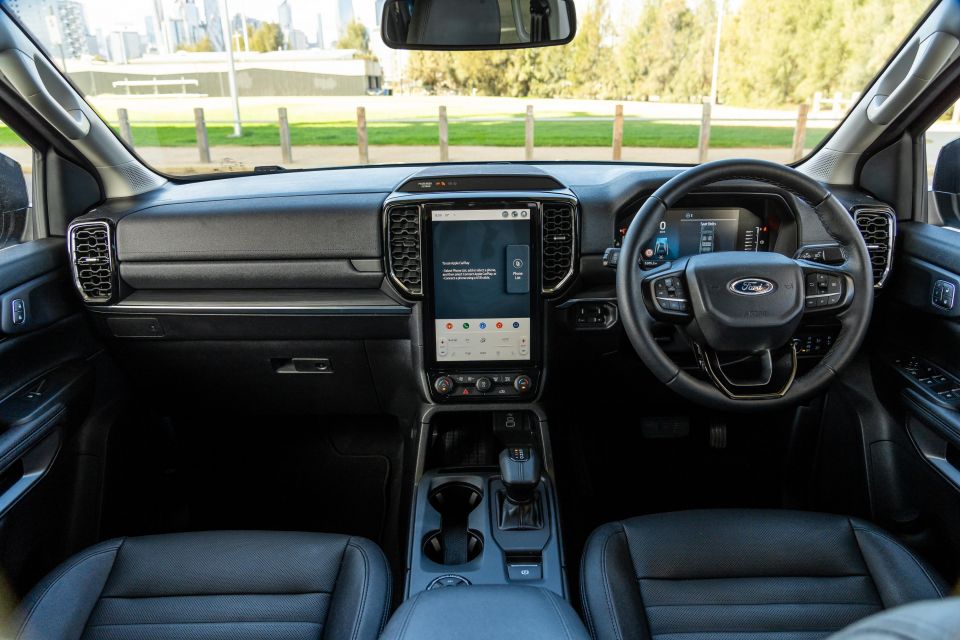
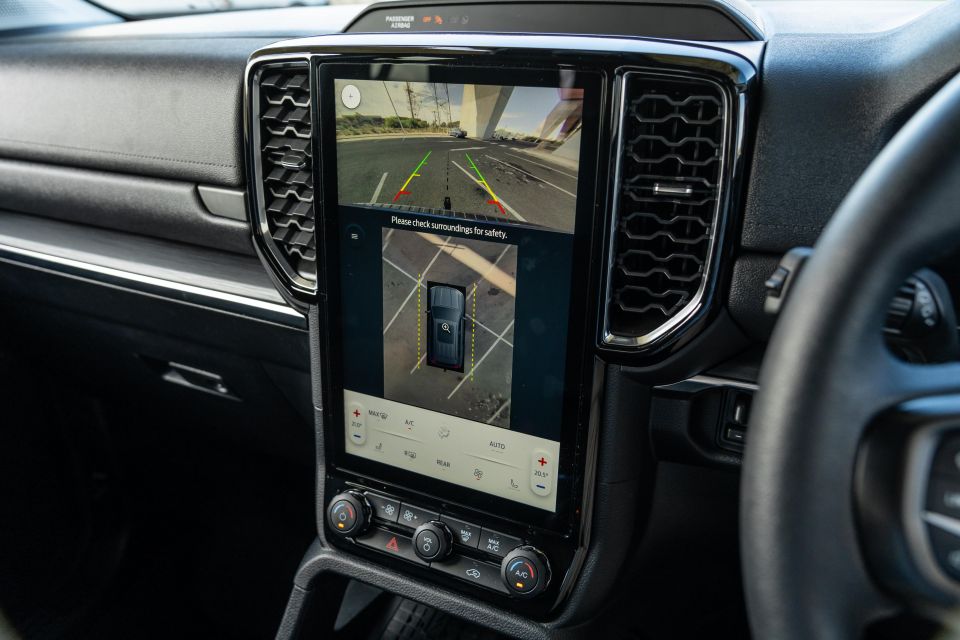
There’s also plenty of side bolstering to hold you in place when the road gets rough or you’re late for the school pick-up.
I had no complaints whatsoever, but one particularly short front seat passenger did complain the headrest was positioned at an awkward angle. At least I was happy.
The view from the driver’s seat will be familiar to anyone who has driven an Everest or Ranger before, which is mostly a good thing. It’s easy to see the corners of the car and the road ahead.
Behind the steering wheel sits an 8.0-inch digital instrument cluster which was very configurable. You can flick between your trip computers, audio output, seatbelt status, and long term fuel economy at the push of a button, and the information is clearly laid out.
Other important information such as speed, oil temperature, and range is also easily visible.

While the screen is highly functional, it’s unlikely to win any design awards. The Platinum gains an upsized 12.4-inch digital cluster, while road-focused SUVs in this price range offer higher-tech systems.
On the other hand, the centre 12.0-inch touchscreen infotainment system is both usable and pleasing to look at.
Installed in portrait orientation the screen looks every inch its advertised size, which is a massive plus – smaller screens with shrunken icons can be difficult to navigate.
The screen is split into two sections. The top half is taken up by your active media or navigation, and below are the climate controls. This layout makes it easy to adjust temperature, fan speed, and the seat heater/cooler functions without trawling through several sets of menus.
However, on the topic of climate controls, they are split between the infotainment display itself and a collection of physical buttons and switches below… why not just put it all in the one place? Especially when there’s a double up of the temperature control.

When you do need to delve into the menus, the infotainment system is generally quick and responsive. Wired and wireless smartphone mirroring are available, and my iPhone connected to Apple CarPlay automatically most of the time.
With that said, very occasionally the car failed to connect to my device. On the whole, it was fairly reliable.
The same can be said for the wireless charging pad. It worked, but very slowly, although the pad itself did a good job of holding my phone in place. Nearby you’ll find one USB-A and one USB-C port to connect other devices, and there is also a 12V outlet under the centre armrest.
Materials are also a mixed bag. The door cards are trimmed in soft leatherette from the waist up, which creates plenty of comfortable spots to rest an arm, but it’s all hard plastic below the belt line.
Workmanlike plastic also dominates the centre console, with no attempt made to dress it up or disguise the material.
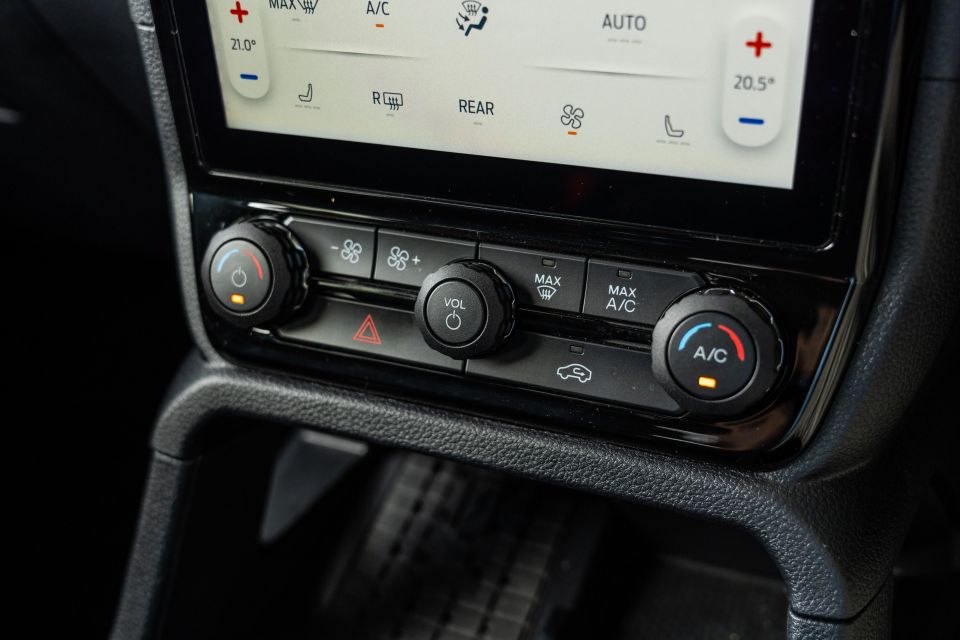
Rear-drive versions of the Everest come equipped with a mechanical gear selector rather than the neat e-shifter seen in the four-wheel drive models, which is a downgrade on the appearance front.
The rough leather trim on the steering wheel also doesn’t feel great in the hands having experienced the soft touch of a Platinum’s steering wheel, although the seats are a highlight as previously mentioned.
Textured plastics on the door cards and dash show Ford has put some thought into the design of this interior, I just wish that consideration was applied consistently. After all, in RWD guise the Everest needs to be judged by the standards of all SUVs in this segment, rather than just its ute origins.
There are also some missed opportunities when it comes to storage space.
The door cards are a great example. You’d assume in a cabin this big that the door bins would be able to swallow a large water bottle and several other items, but the space is an awkward shape and the best you’ll manage is probably a medium bottle and a couple of knick knacks.
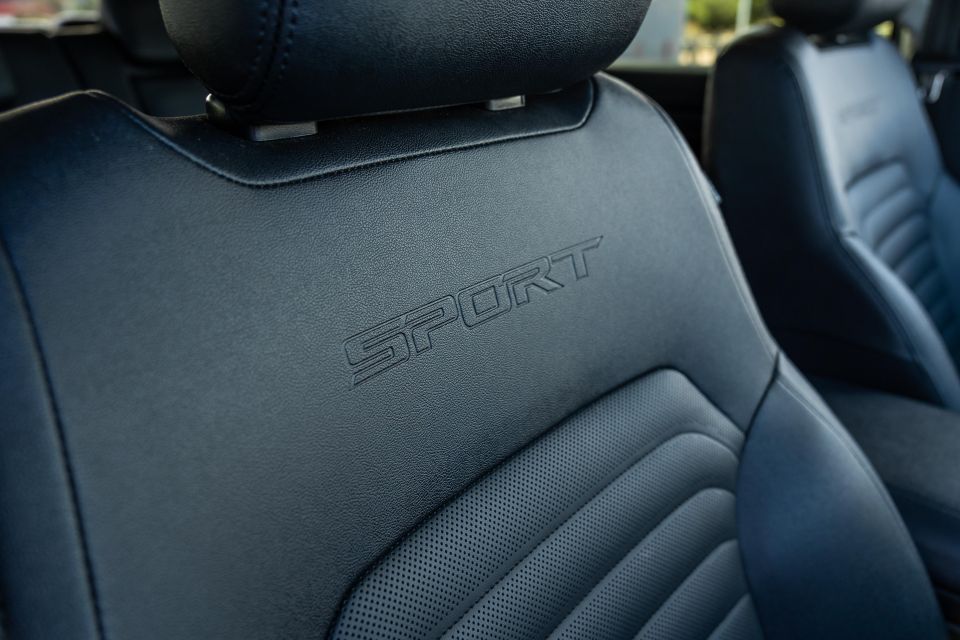
Moving left, the centre console features cupholders that will hold a 1L bottle, but it feels as though more little oddment slots or cubbies would have fit.
A pair of tradie-friendly cupholders hidden in the dash goes some way to solving the door storage issue, and the top of the dash also houses a large cubby in addition to your customary glovebox.
Under the leather-trimmed armrest you’ll find another deep space that includes a dividing tray, which is useful for separating something like coins from the rest of your belongings. Sunglasses can be housed in a holder above the rear view mirror.
Rear seat passengers should mostly expect to be well looked after.
Ingress and egress is made easy by side steps and grab handles located in the B-pillar and ceiling.
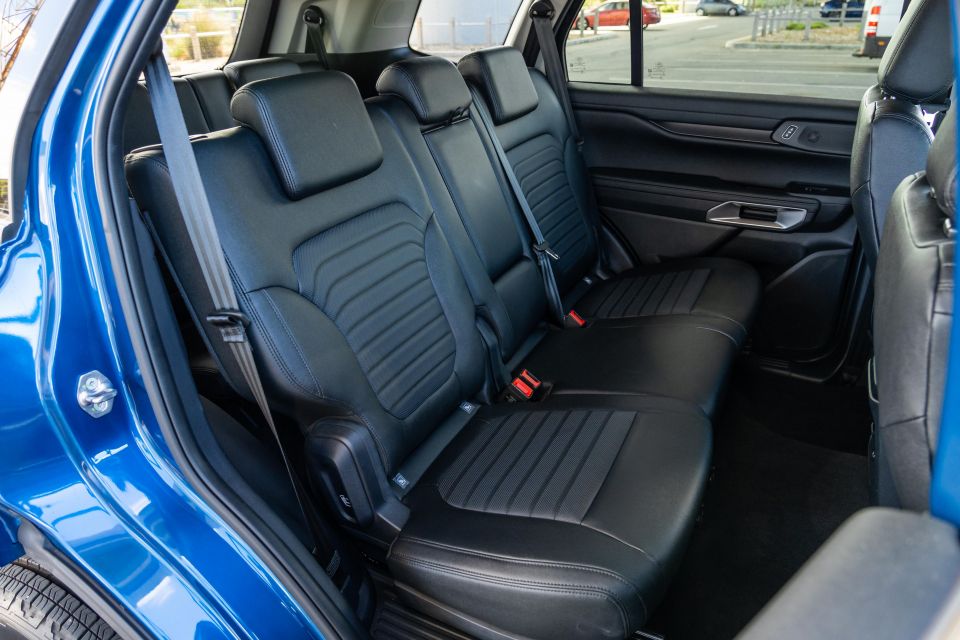
I’m six-two and have long legs, so legroom is a massive factor in overall comfort. Sitting behind my driving position my knees were pressed against the back of the seat, and my best option was to wrap my legs around the seat.
However, I had plenty of knee room when sitting behind a smaller passenger, and my size 13 shoes fit under the seat just fine.
The second row seats both recline and slide, although my above impressions were based on the seats being set as far back as possible, which will compromise any third row occupants.
The chairs themselves were less comfortable than those up the front and after three hours on the road my passengers complained about their firmness on a long journey. Other journalists have had different experiences with the Everest, so maybe I just need tougher friends.
On the plus side, there are plenty of other amenities in the back to improve the experience.
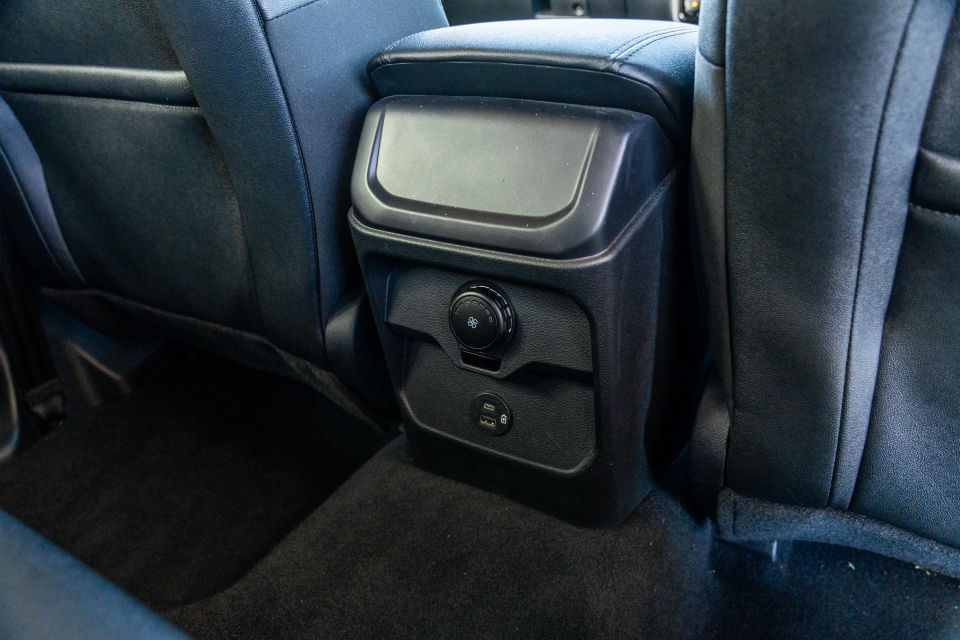
Separate fan controls ensure back seat riders can stay cool, with air angled towards them from vents in the ceiling.
USB-A and USB-C ports are located underneath the fan dial, so portable entertainment devices should never run out of charge when the family hits the highway.
Books, snacks, and devices can be stored in map pockets behind the front seats, and the middle armrest hides retractable cupholders for safe storage of drinks.
The rear door bins are also more practical than those up front, with space for a 1L drink bottle and tiered sections to suit different items.
Headroom is more than adequate, at least unless you’re pushing seven-foot.

Paired with large windows, it makes the cabin a light and airy space you can spend hours in without feeling claustrophobic.
The third row of seating is suitable for young children only.
There’s limited legroom for anyone whose age is in double digits, which explains why attempts to contort myself into some kind of seating position failed.
If you can squeeze back there, however, you’ll be rewarded with a 12V power outlet and cupholders on each side.
As a ‘pile them in’ school bus the Everest does work, and there’s even 259L of room left in the boot for groceries or a few soft overnight bags.
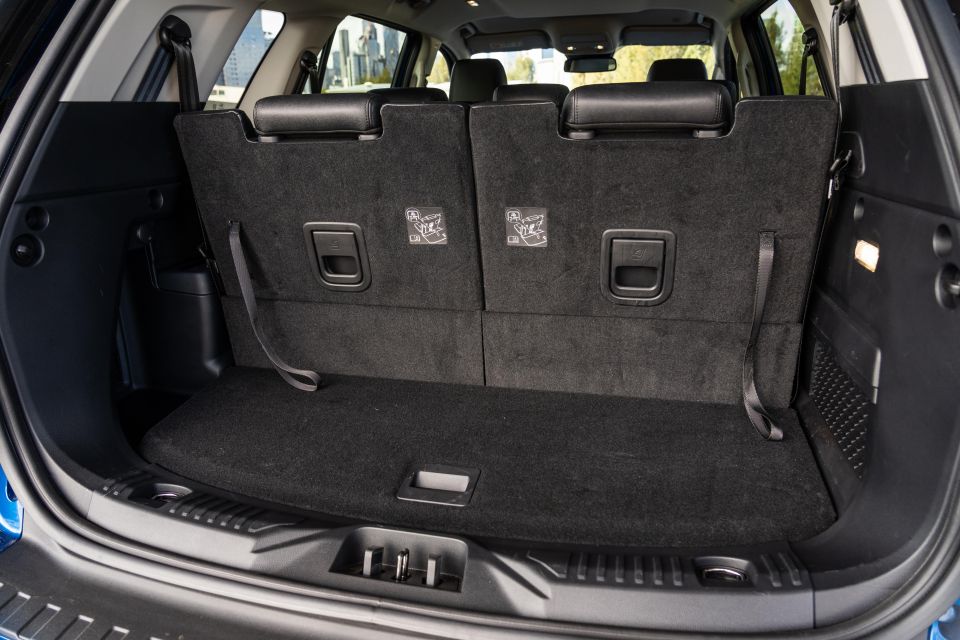
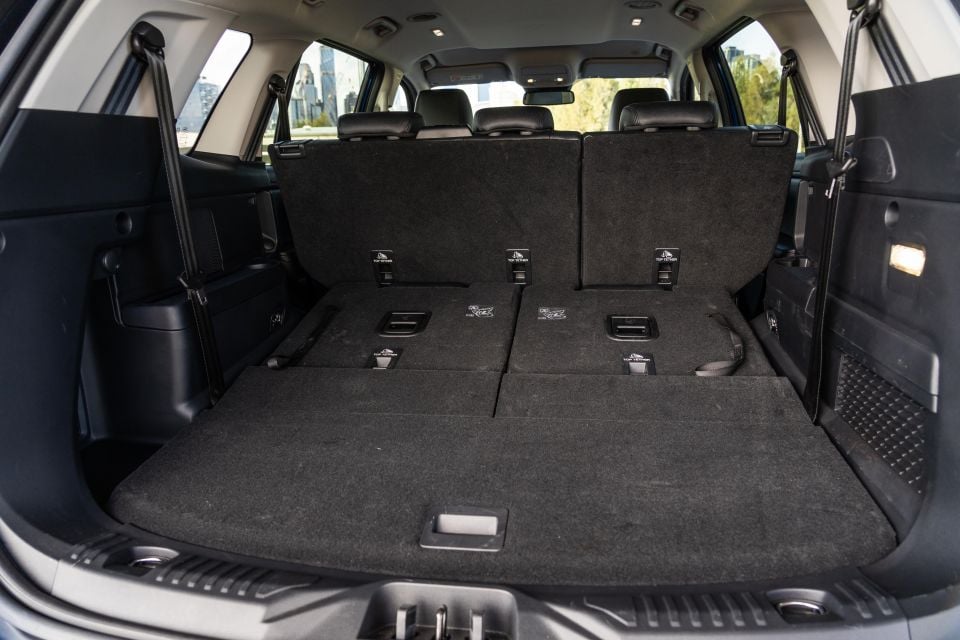

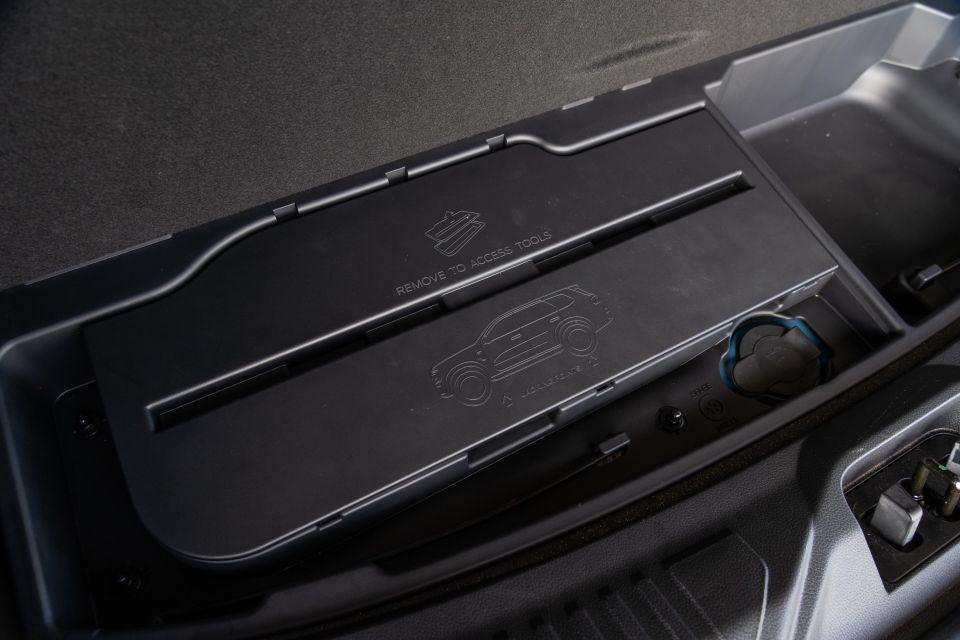
That space expands to 898L with the third row folded away and 1823L with both rows flat, room enough for just about anything you’d expect an SUV to fit. It’s cleverly laid out, too, and well lit.
You can plug an esky into the 12V outlet in the boot wall, which is perfect for camping trips. As are the metal rings on the floor to secure luggage. Flaps hide the top tether points for child seats on both the second and third rows.
Under the boot floor exists a plastic cubby perfect for shoes or wet clothes, as suggested by a helpful diagram. The toolkit sits alongside that space.
Accessing the boot is made easy by a powered tailgate that opens wide and beeps to prevent any unwanted injuries.
The Everest Sport 4×2 is powered by a 2.0-litre Bi-Turbo four cylinder diesel producing 154kW of power from 3000-3400rpm and 500Nm of torque from 1600-2800rpm.
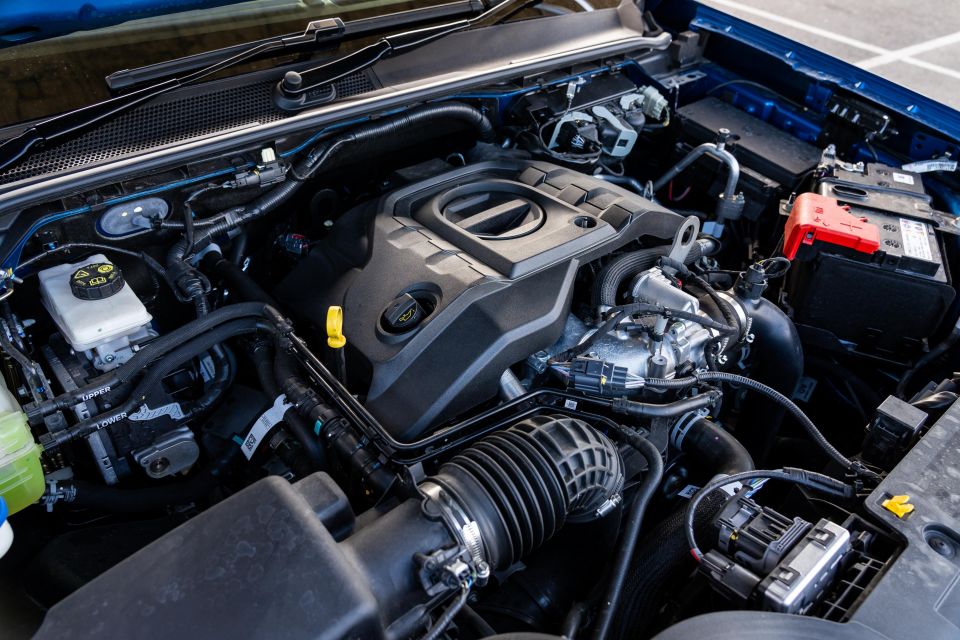
CarExpert helps new car buyers save thousands with expert reviews, honest advice, and transparent pricing – no dealer pressure and no sales games.
In this configuration, the power is sent to the rear wheels via a 10-speed automatic transmission, while full-time four-wheel drive models are also available in other trim levels.
There is also an alternative on the engine front, in the form of a 3.0-litre turbo-diesel V6 (with full-time four-wheel drive) that can be optioned in the Sport and comes standard in the Platinum.
| Model | Ford Everest Sport 4×2 |
|---|---|
| Engine | 2.0-litre 4cyl bi-turbo diesel |
| Transmission | 10-speed automatic |
| Power | 154kW |
| Torque | 500Nm |
| Fuel type | Diesel |
| Kerb weight | 2310kg |
| Gross vehicle mass (GVM) | 3000kg |
| Gross combination mass (GCM) | 6250kg |
| Fuel economy (claimed) | 7.1L/100km |
| Fuel economy (as tested) | 8.7L/100km |
| Fuel tank capacity | 80L |
| Driven wheels | Rear-wheel drive |
| Towing capacity | 750kg unbraked 3500kg braked |
To see how the Everest compares with its rivals, use our comparison tool.
The Everest Sport 4×2 is a comfortable and refined beast on the road.
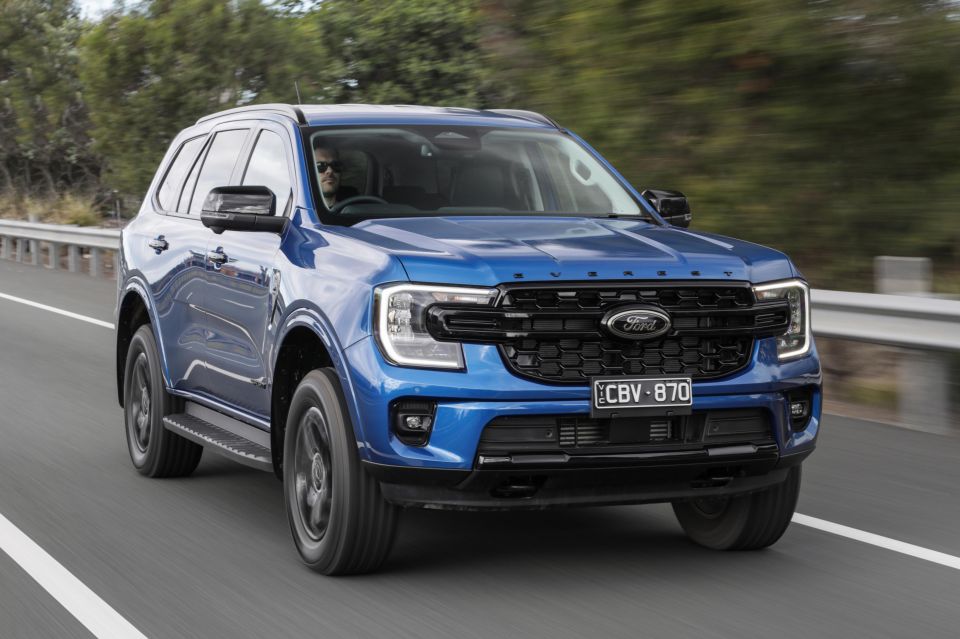
The Bi-Turbo diesel has 500Nm of torque and you can feel it around town. The Everest is responsive at low speeds and picks up speed smoothly, which is ideal for negotiating traffic light pulls and lane changes.
While 10 gears might seem like a couple too many for a car like this, the automatic transmission kept me in the torque band (1750 to 2000rpm) most of the time, and shifts were seamless.
It also rides better than expected of a ute-based SUV thanks to a multi-link coil rear suspension setup, taking bumps and potholes in its stride even on 20-inch alloy wheels. Compared to the 17- and 18-inch alloys on other models, the bigger wheels on the Sport may have contributed to road noise complaints from my passengers.
I doubt the tyres were responsible, as our tester rode on highway terrain rubber rather than the optional all-terrain tyres fitted to four-wheel drive test cars.
Visibility is excellent for a couple of reasons. The A-pillars in the Everest are quite thin, while the side mirrors are positively enormous, casting a wide view of the road behind you.
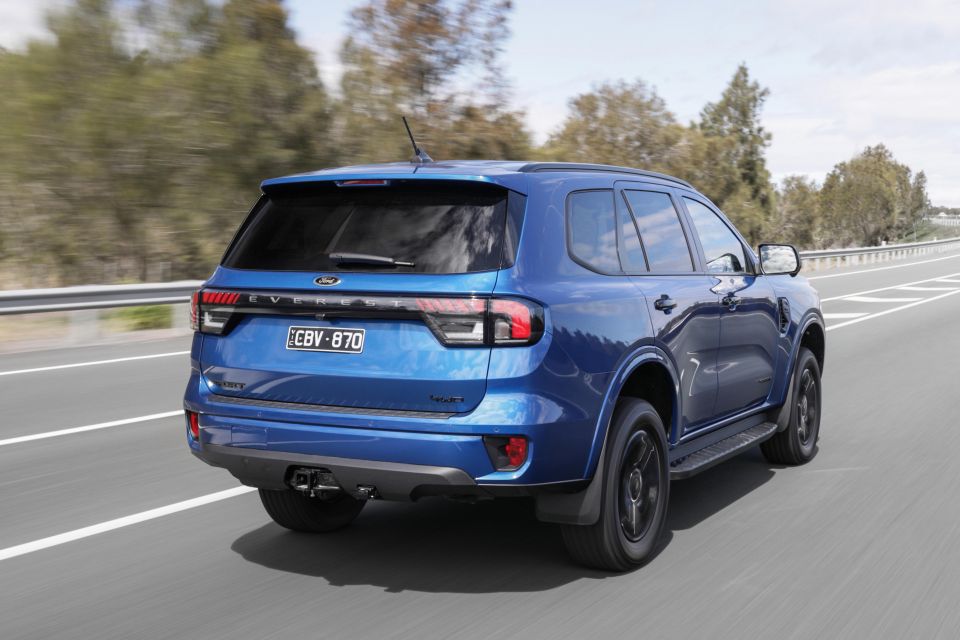
A high driving position also helps the equation, extending your vision by giving what feels like a birds-eye perspective over those around you. It gives you confidence as a driver, and made me feel safe behind the wheel.
You need an extended range of vision in the Everest, because it’s a big car and you can feel that in city traffic. Sure, the steering is light and direct, but you have to be careful when shifting lanes and turning into tight streets.
You also need to be aware of its size when parking in tight spaces. The Sport comes standard with front and rear parking sensors as well as a reversing camera, which are all necessary as it can be hard to place the car in an underground carpark.
There’s no surround-view camera though, which comes standard on the Platinum and makes for a meaningful upgrade over the reversing camera. At times it feels like you’re pushing out towards the white lines on both sides of the car.
The active safety systems in the Everest boosted my sense of security, especially at the legal limit on the highway.
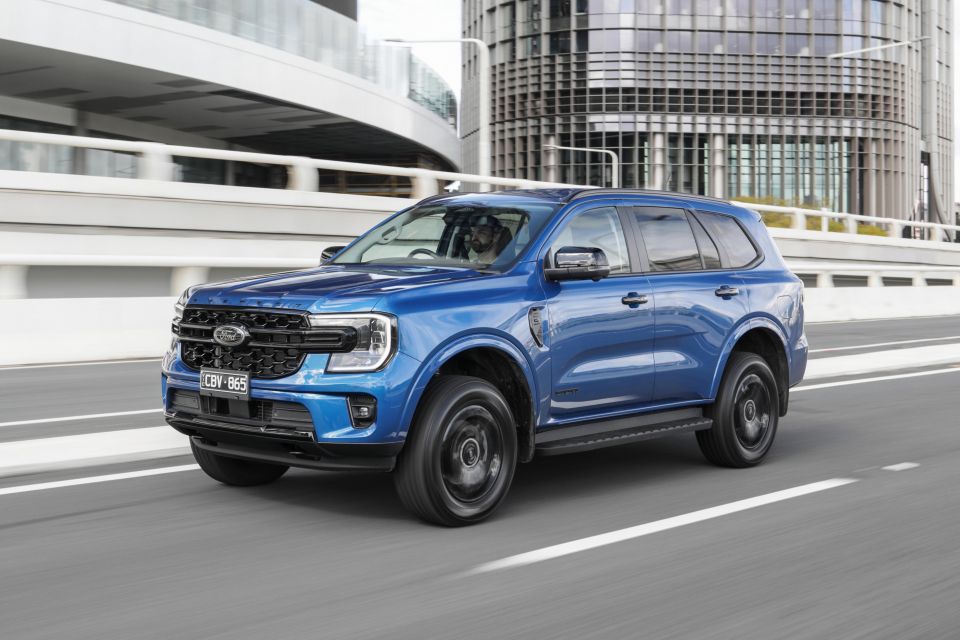
Adaptive cruise control behaved in a smooth and intuitive manner, adjusting for changes of speed and merging vehicles without fuss.
Having said that, the cruise control system sometimes struggled to hold a consistent speed on hills without the presence of other traffic, which could land you in trouble with the law.
The lane keeping assist system was also unobtrusive, enabling relaxing journeys on the freeway.
The Bi-Turbo four-cylinder has plenty of torque at lower speeds, and between 60-100km/h there’s just enough shove when you put your right foot down – once the 10-speed automatic has kicked down a few gears.
There’s not a surfeit of punch though, as evidenced by the Bi-Turbo 4×4’s 10.78-second unladen run to 100km/h at our 2023 4WD SUV Mega Test. That was faster than a number of its key rivals, but more than a second behind its brawnier V6 counterpart.
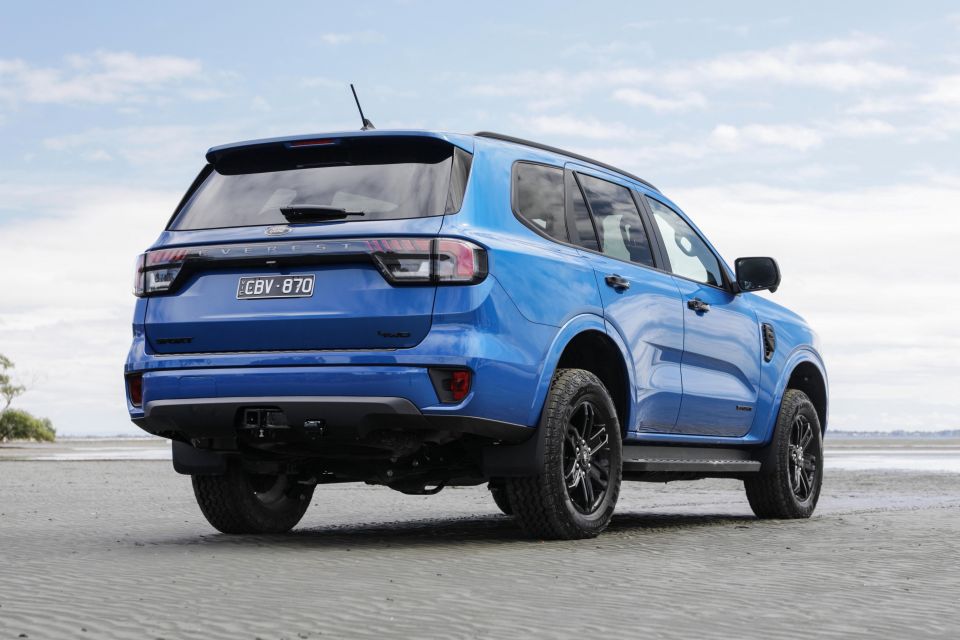
The smaller engine is more apparent when the car is full of passengers or luggage, not to mention if you’re towing.
Our previous testing has found the four-cylinder puts most of its ute-based rivals in the shade with a trailer hooked up… but the V6 has an extra level of performance that’s worthwhile if you’re planning to regularly hit the road with a heavy load hooked up.
We’d wager most 4×2 buyers are less likely to tow, and are more likely to spend their time on the blacktop or basic fire trails than the average 4WD buyer.
Given its weight, I would love the Everest to pack a more responsive brake pedal. It feels as though a firm push is necessary, which makes it feel more like a ute-based truck than a family-oriented SUV – which is worth considering if you’re cross shopping with road-biased SUVs like the Kia Sorento.
Heft also plays into fuel economy, but the Everest performed well on this front. Our tester spent most of its time on the open road and averaged 8.7L/100km, which is an improvement over the four-wheel drive models and above par in the ute-based SUV segment.
There are four trim levels for the 2024 Ford Everest, and the Sport 4×2 featured here sits just about in the middle of the range.


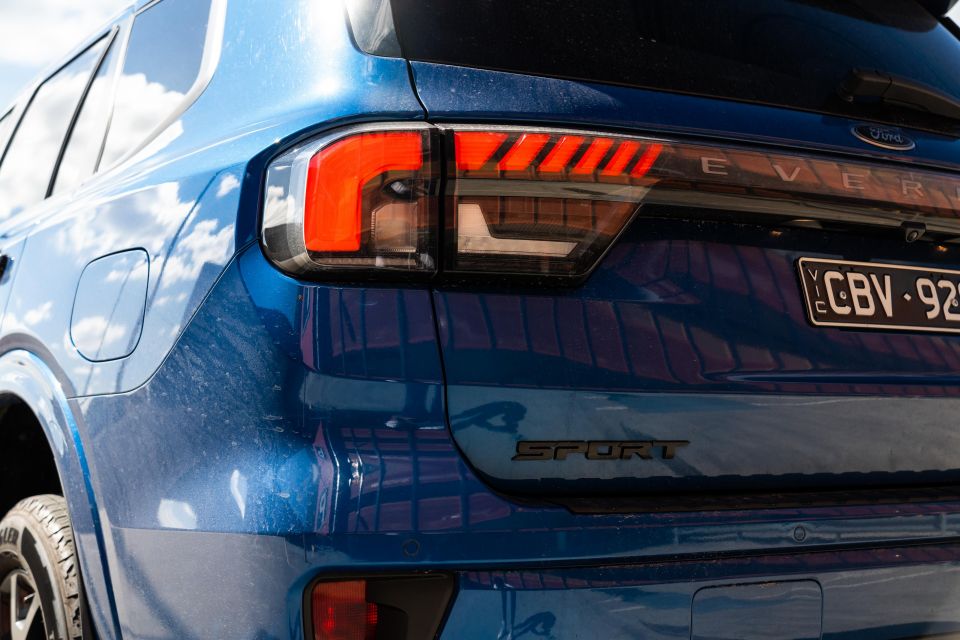

Everest Ambiente highlights:
Everest Trend adds:
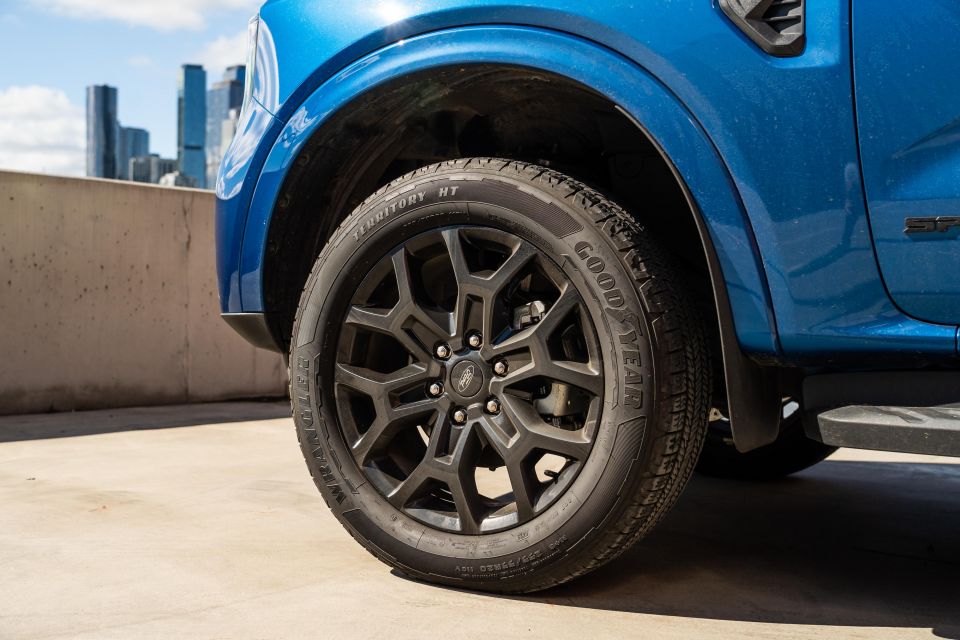

Everest Sport adds:
Everest Platinum adds:
The Ford Everest has a five-star ANCAP safety rating based on testing of the closely related Ford Ranger ute.
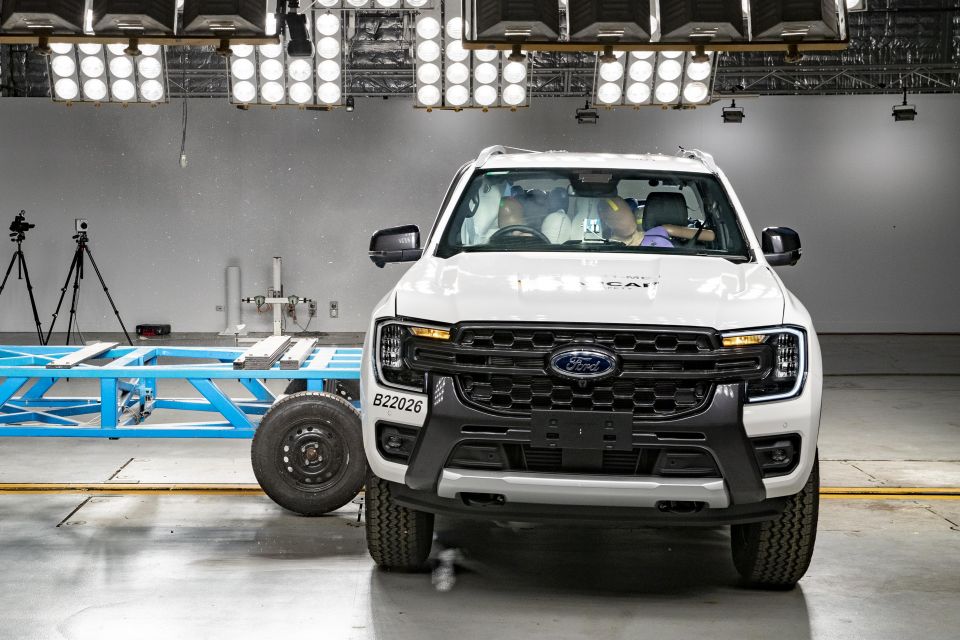
It scored 86 per cent for adult occupant protection, 93 per cent for child occupant protection, 74 per cent for vulnerable road user protection, and 86 per cent for safety assist.
The five-star rating applies to the whole Everest range.
The 2024 Ford Everest comes with the following standard safety equipment:
The Everest is backed by a five-year, unlimited-kilometre warranty in line with the wider Ford range.
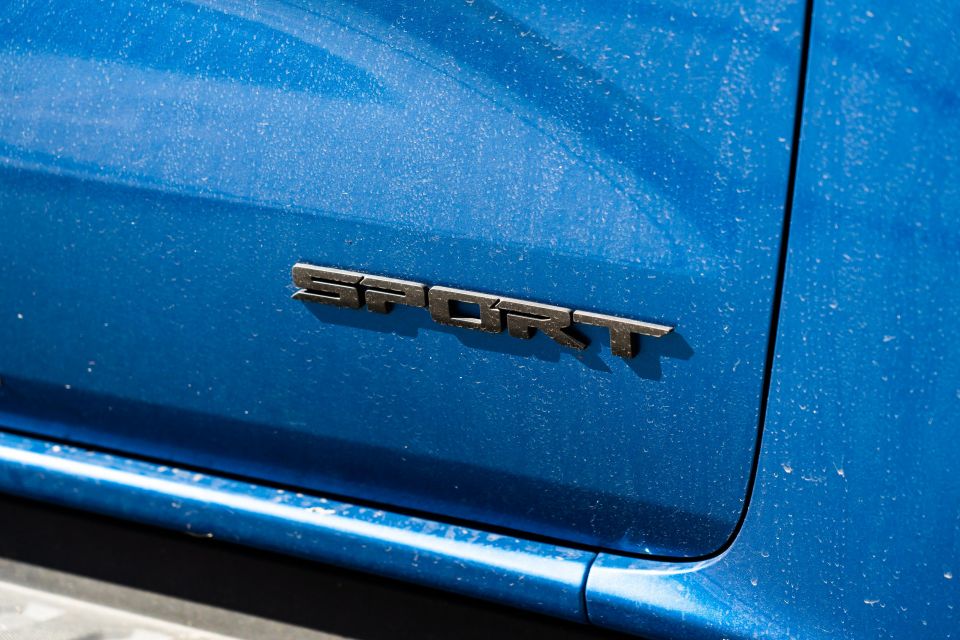
Maintenance is required every 12 months or 15,000 kilometres.
The first five services cost $379 each under Ford’s capped-price service program , which is $50 higher than for pre-MY24 vehicles.
In the lead up to grabbing the keys for the Everest Sport 4×2 I was skeptical about its purpose and value in the range.
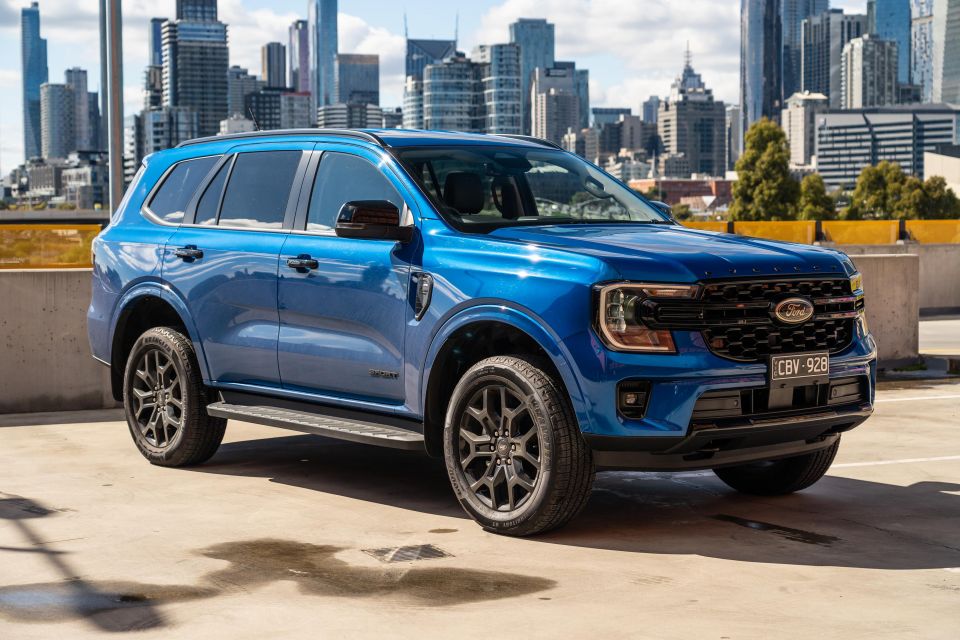
The Everest makes a lot of sense in four-wheel drive guise, as it’s built for adventure with plenty of ground clearance, a torquey motor, and hard-wearing interior materials.
Even with the base four-cylinder engine, towing capacity is also impressive. As an urban runaround, I’m still not convinced.
Priced in the $65,000 ballpark, the Everest Sport 4×2 is competing with seven-seat unibody rivals that will be more efficient, easier to drive in town, and nicer to spend time in.
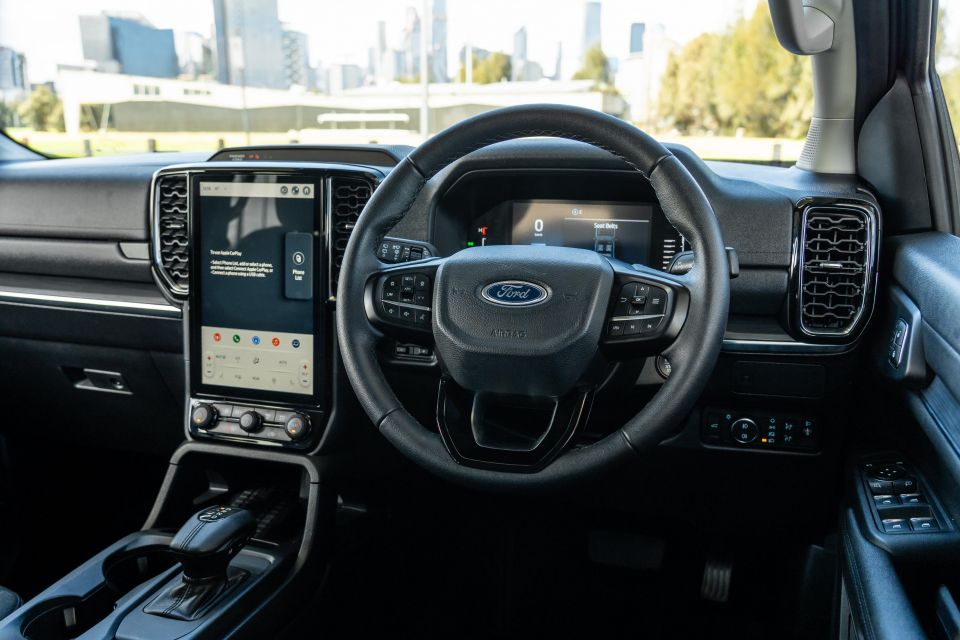
You can get behind the wheel of a high-end Kia Sorento, Skoda Kodiaq, or Volkswagen Tiguan Allspace for similar money.
If you’re planning to take on fire trails or tow heavy loads, the Everest is more capable than those alternatives – but if off-roading and heavy hauling are priorities, the Trend 4WD or Sport 4WD make more sense.
With that in mind, if you need seven seats and plan to spend your time on the school run, it’s worth considering whether the rougher, tougher Everest is really right for your needs.

Click on an image to view the full gallery.
MORE: Buy a Ford Everest MORE: Everything Ford Everest
CarExpert helps new car buyers save thousands with expert reviews, honest advice, and transparent pricing – no dealer pressure and no sales games.
Josh Nevett is an automotive journalist based in Melbourne, Australia. Josh studied journalism at The University of Melbourne and has a passion for performance cars, especially those of the 2000s. Away from the office you will either find him on the cricket field or at the MCG cheering on his beloved Melbourne Demons.


Gautam Sharma
2 Months Ago
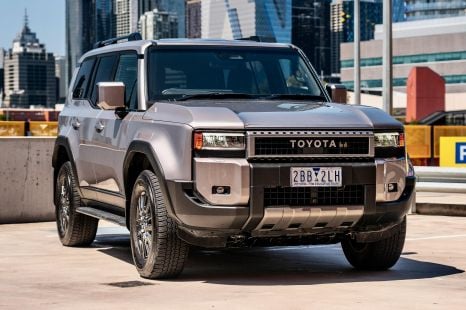

Max Davies
1 Month Ago


Matt Campbell
26 Days Ago
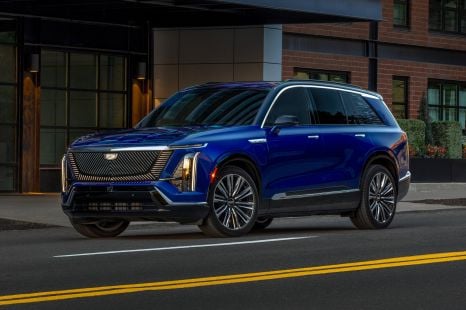

William Stopford
22 Days Ago
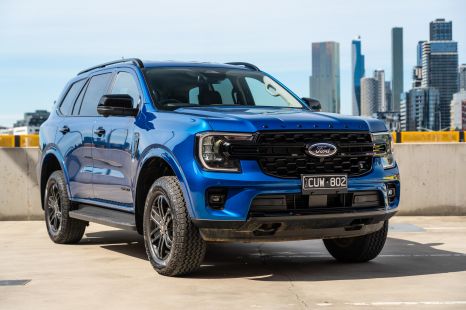

Josh Nevett
21 Days Ago
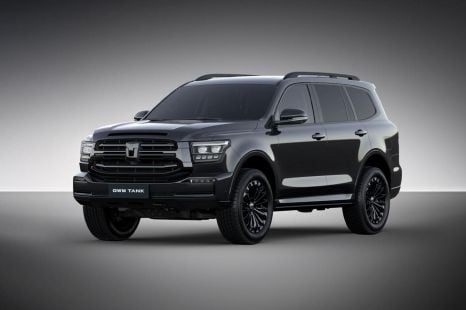

William Stopford
15 Days Ago